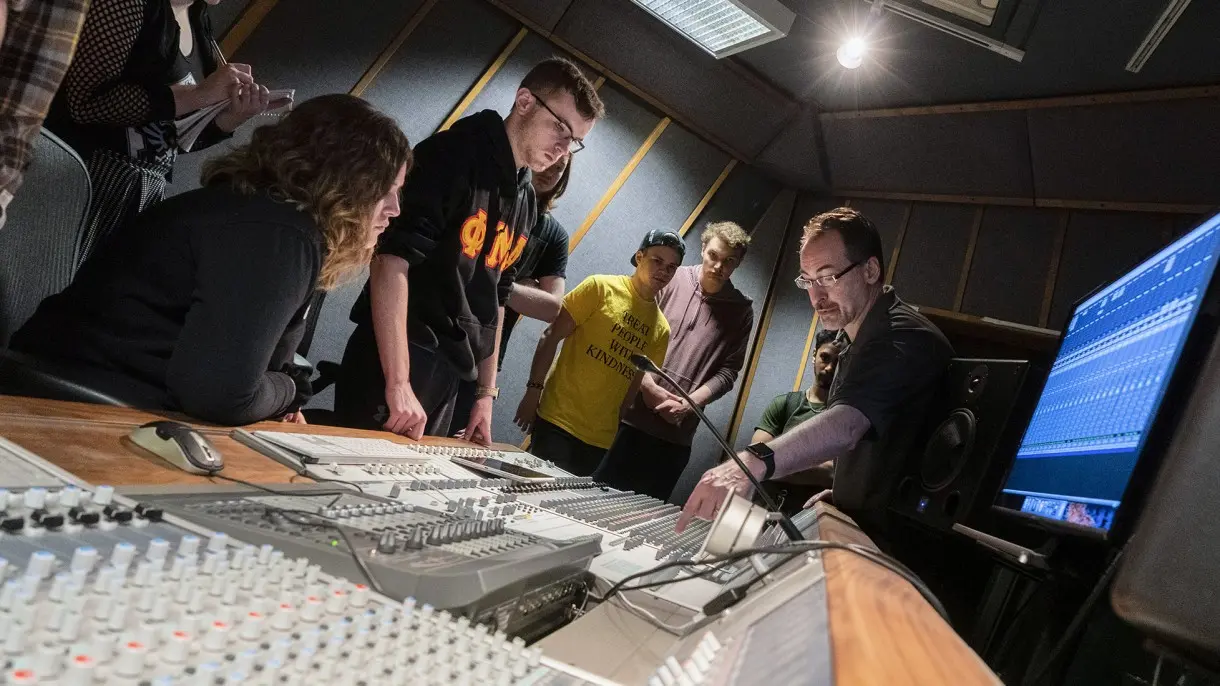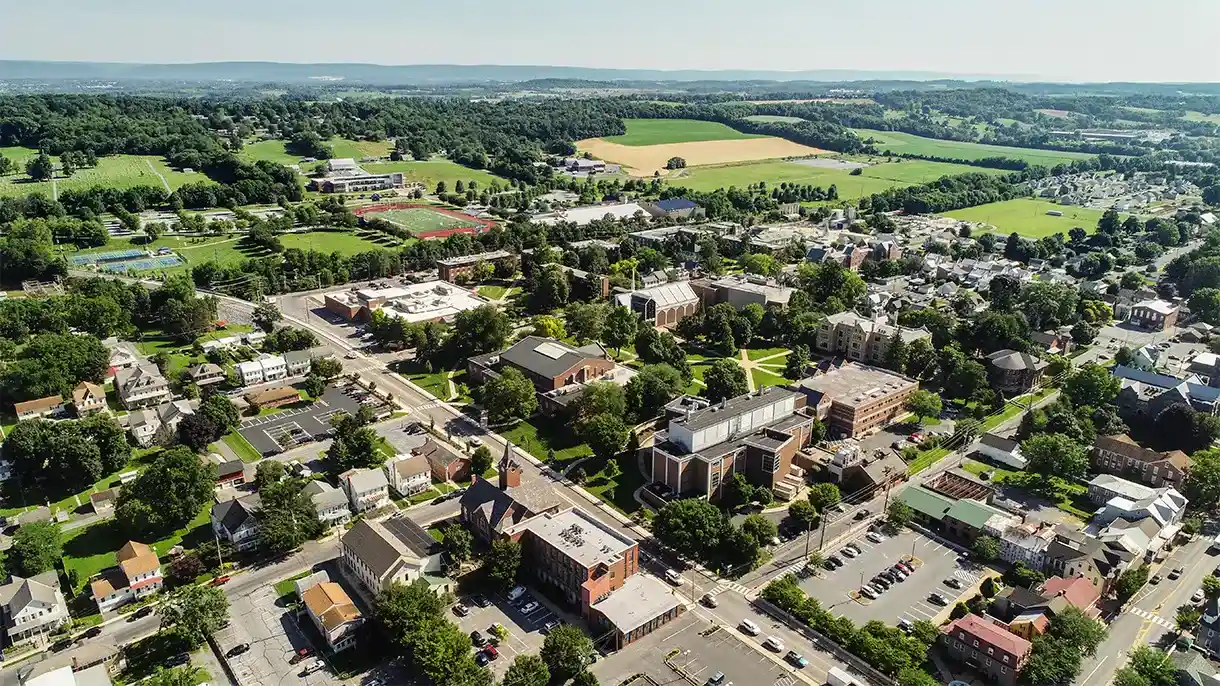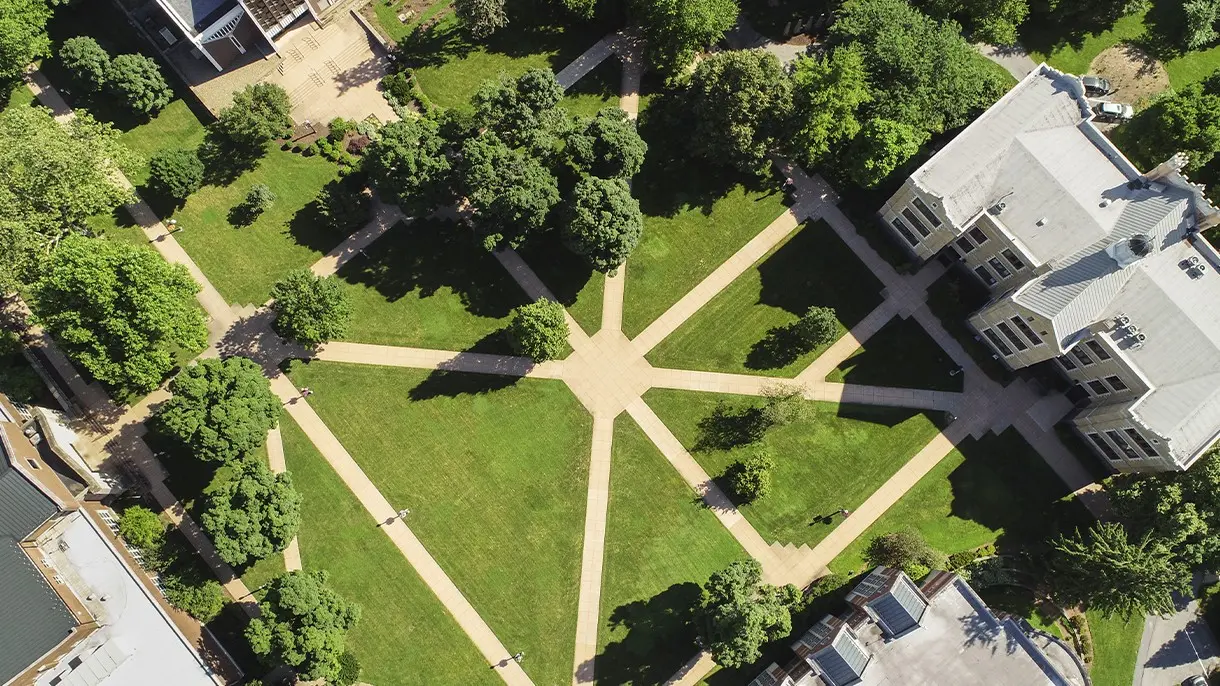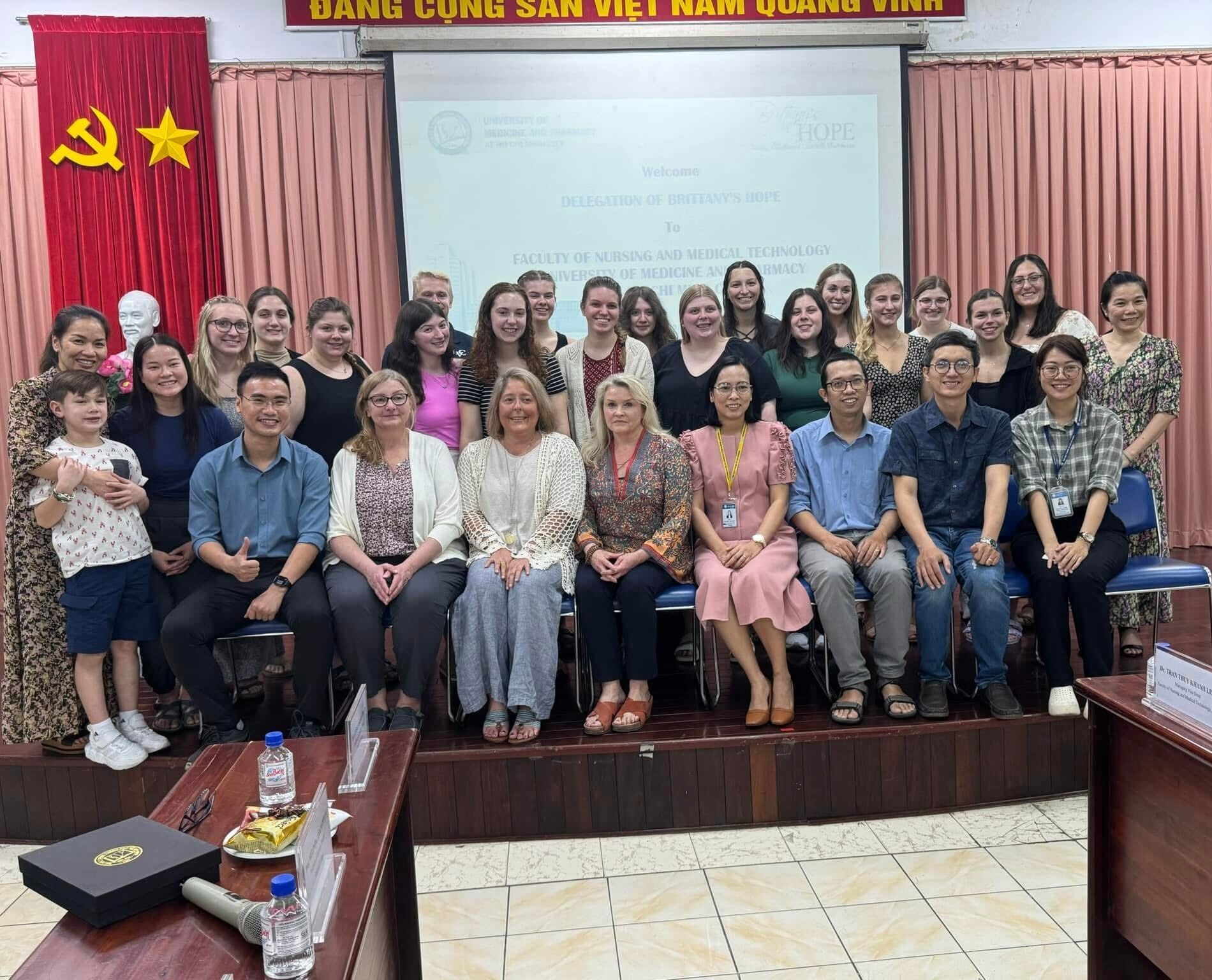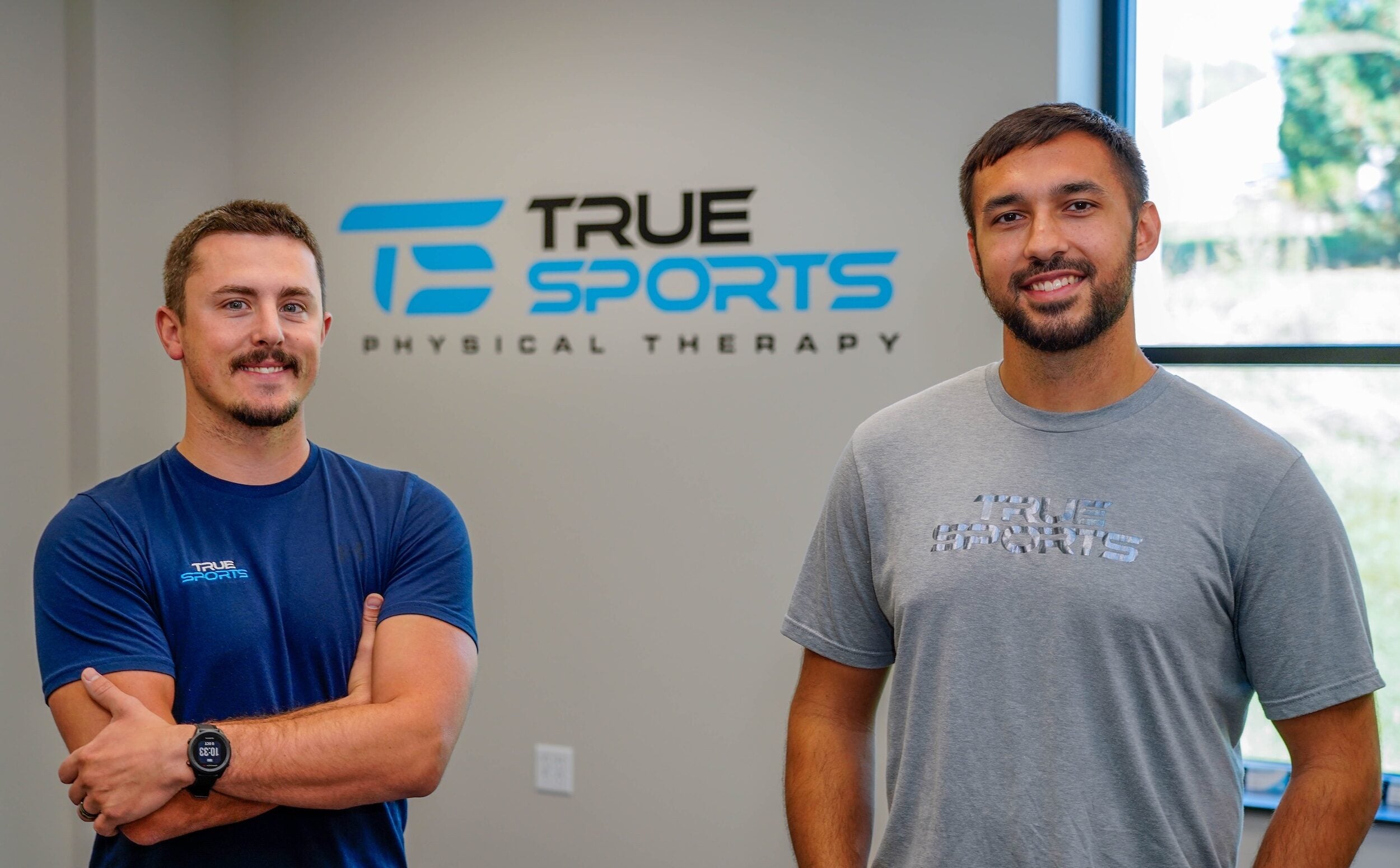
LVC News
- Accounting
- Accounting/MBA 3+1
- Actuarial Science
- Allwein Scholars
- Alumni Profiles
- Athletic Training
- Athletics
- Awards
- Biochemistry & Molecular Biology
- Biology
- Breen Center
- Business Administration
- Campus
- Chemistry
- Clinical Exercise Physiology
- Clinical Mental Health Counseling
- Community Service
- Computer Science
- Creative Arts
- Creative Writing
- Criminal Justice
- Data Science
- Digital Media
- Economics
- Education
- Engineering
- English
- Environmental Science
- Esports
- Exercise Science
- Faculty Profiles
- Gallery
- German
- Giving
- Graduate Studies
- History
- Honors
- Intelligence and Cybersecurity
- Interaction Design
- International Business and Policy
- LVEP
- Marketing
- Mathematics
- MBA
- Medical Humanities
- Medical Laboratory Science
- Music
- Music Education
- Music Production
- Neuroscience
- Nursing
- Physical Therapy
- Physics
- Political Science
- Pre-Law
- Pre-Medical Professions
- Psychology
- Self-Designed
- Social Justice and Civic Engagement
- Sociology
- Spanish
- Speech-Language Pathology
- Sport Performance
- STEM Education
- Student Profiles
- Study Abroad
- Sustainability
- Transfer
- Undecided/Exploratory
Go Above and Beyond
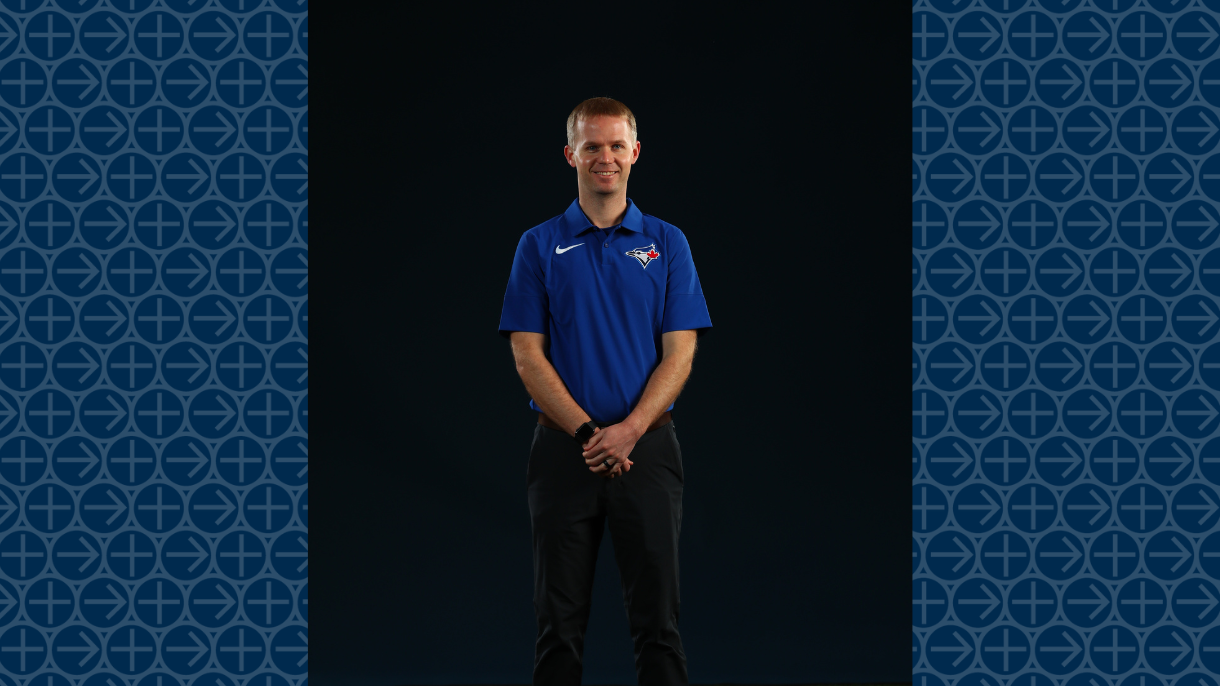
Dr. Andrew Pipkin ’08, D’11 is a physical therapist and medical director in Major League Baseball (MLB). His young career has taken him to four states and pursuing a master’s degree from Australian Catholic University to his current role with MLB’s Toronto Blue Jays.
Along the way, Pipkin gained skills and expertise with MLB’s Cleveland Indians (minor league rehab coordinator in Arizona), The Ohio State University Wexner Medical Center (upper extremity athlete fellowship), University of Wisconsin Hospital and Clinics (sports physical therapy residency), and is in the process of pursuing a master’s in high-performance sport in Australia.
In Toronto, Pipkin uses evidence-based medicine and performance principles to develop injury prevention and rehabilitation programming for the team’s professional athletes.
“We use an evidence-based practice model when applying the latest research to injury prevention and performance strategies. This involves combining the best available evidence, with clinical expertise, and accounting for individual athlete preferences/experience,” said Pipkin. “As the body of research continues to develop in sports medicine and performance, it’s important to stay up to date on new evolving trends or changes that can positively impact the health and performance of our players.
Pipkin’s work also can be applied to other sports and activities and incorporates emerging technology.
“Although the demands of baseball make it a unique sport, there are some injuries that are common across many different sports. Hamstring injuries are one of the most frequently occurring injuries in all professional sports. Establishing a similar evidence-based process and tailoring the evidence to meet the sport and individual specific demands of the athlete allow these injury prevention principles to be applied in many different professional sports settings.
“We use the latest technology in sport and performance areas to help us better quantify what an athlete’s activity, or workload, is on a given day, and also how they are responding to this workload. This allows us to better manage injury progressions, and monitor athlete’s workload to reduce the risk of injuries. Despite Baseball’s long history, there is still a lot for us to learn about what each individual athlete’s demands are and how we can tailor either their rehab or injury prevention measures to these demands.”
Pipkin is grateful to LVC’s physical therapy faculty for creating his fondness for continuous learning. He also shared some professional advice for current majors.
“My physical therapy faculty have been incredibly supportive of my journey from my time as a student to now as a proud graduate of the Physical Therapy Program,” he said. “LVC’s program instilled in me the values of continuing to learn and improve myself even after I graduated. I have sought out opportunities to continue to learn and grow as a professional after graduation, and plan to continue to do this for the rest of my career.
“Take the best evidence and apply it to the care of elite-level athletes. And always go above and beyond to do what is best for an athlete of any level to help them get the best care possible.”
